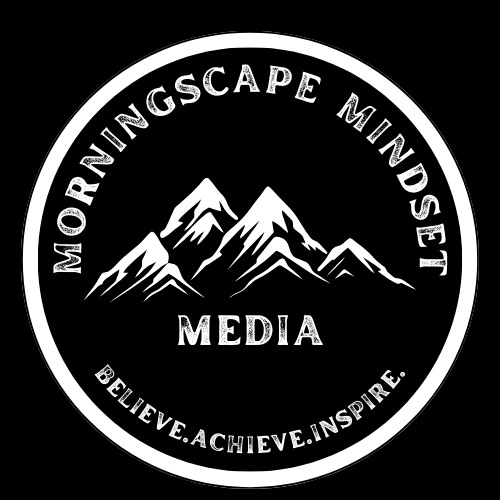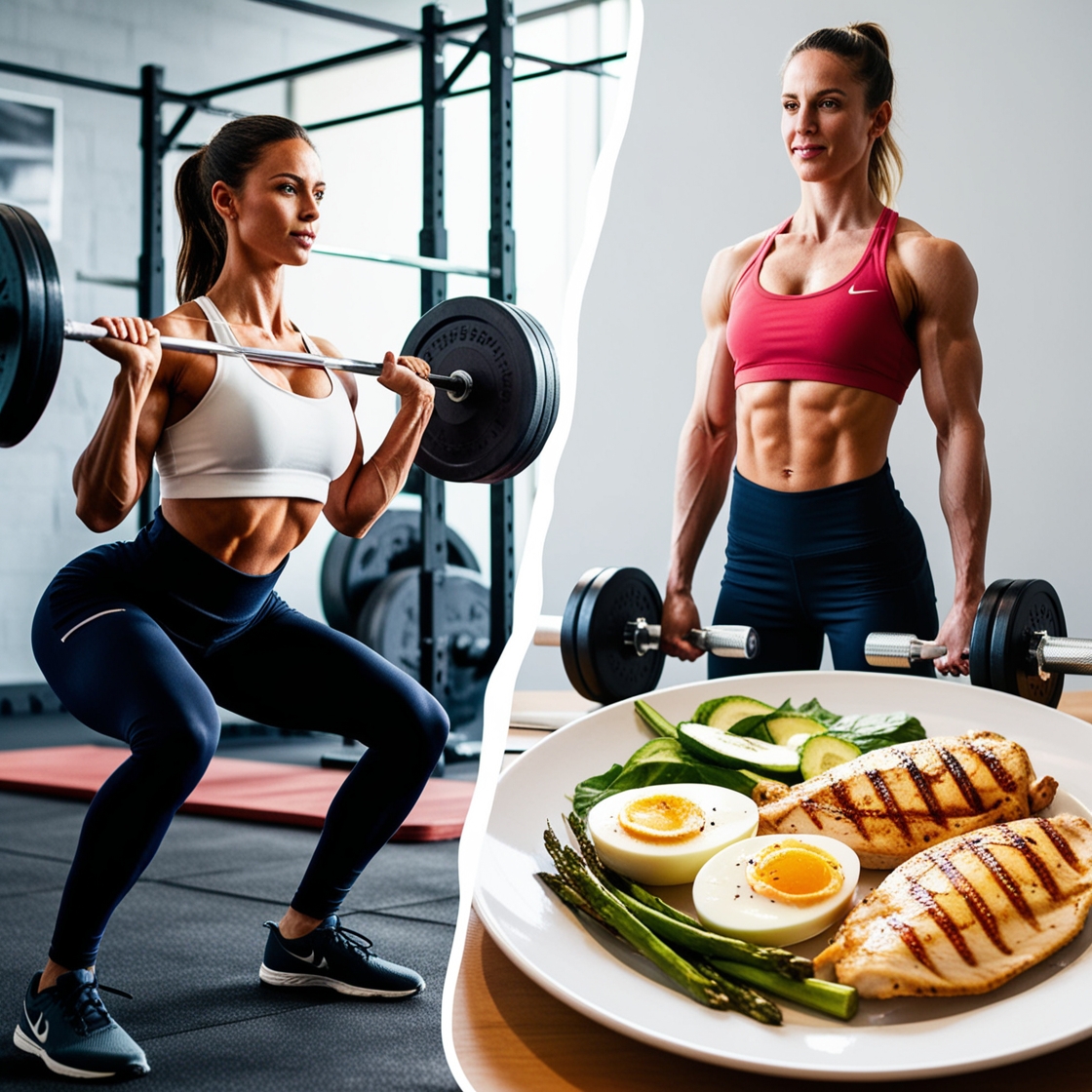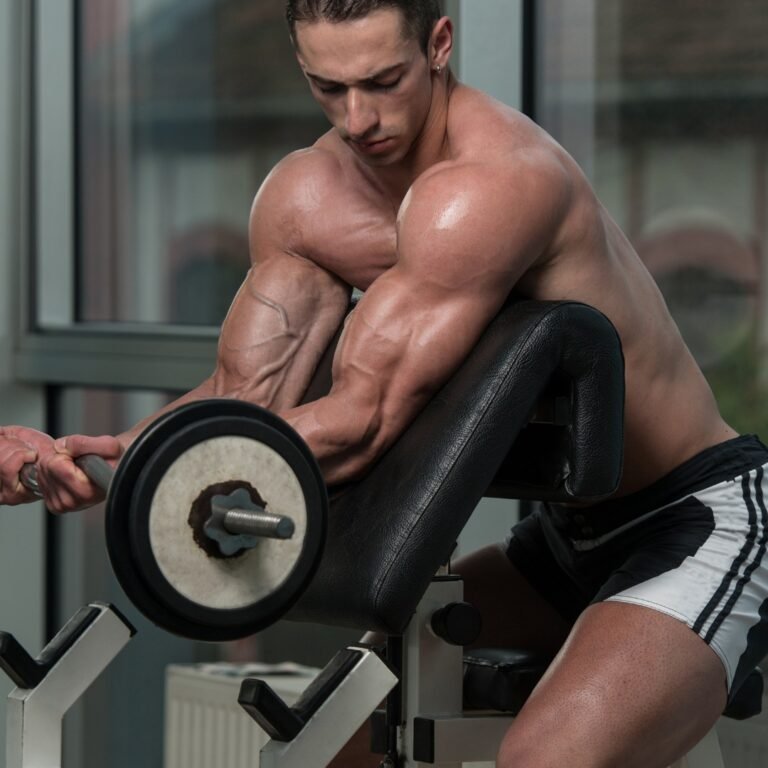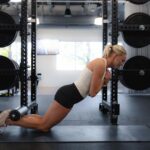Disclosure:
Thank you for reading this post, don't forget to subscribe!
Some of the links on this website are affiliate links. This means that if you click on the link and make a purchase, we may receive a small commission at no extra cost to you. Your support helps us keep the site running.Learn more on my Privacy Policy and Affiliate Disclosure page. Thank you for your support!
Developing strong, well-shaped glutes is not only about intense workouts. While exercises like squats, lunges, and hip thrusts are essential, optimal glute development requires a balanced approach that includes proper nutrition and recovery. Neglecting these factors can hinder your progress and slow down muscle growth. This guide will help you understand how nutrition and recovery play a vital role in your journey to achieving the glutes you’ve always wanted.
When it comes to glute development, many people focus solely on exercise, overlooking the significance of nutrition and recovery. While workouts are essential to stimulate muscle growth, without the proper nutrients and adequate recovery, your efforts in the gym might not yield the desired results. To achieve optimal glute growth, you need a holistic strategy that includes consistent training, a well-balanced diet, and recovery techniques.
check out: How to Build Muscle Mass Through Strength Training – Learn how strength training can support muscle growth, particularly in your glutes, when combined with proper nutrition.
Key Takeaways:
- Protein is essential for muscle growth and repair, especially after glute-focused workouts.
- Recovery is just as important as your workouts, including rest days and sleep for muscle repair.
- A holistic approach combining exercise, proper nutrition, and rest is key to effective glute development.
Nutrition
A. The Importance of Protein
Protein is one of the most critical nutrients when it comes to muscle growth, including the glutes. After each workout, your muscles undergo microtears, which need to be repaired for growth. This is where protein comes into play. Without sufficient protein intake, your body lacks the building blocks—amino acids—necessary to repair and build muscle tissue. If you’re not consuming enough protein, your glutes won’t recover as effectively from workouts, which may result in slower development.
find out more about: Healthline’s guide on protein intake for muscle recovery – Explore how consuming the right amount of protein supports muscle recovery and growth.
For glute-specific growth, ensure you consume enough protein throughout the day, especially post-workout. Timing your protein intake can help maximize the recovery process and muscle synthesis, allowing your glutes to become stronger and more defined.
B. Protein Sources
Not all protein sources are created equal. High-quality protein contains all the essential amino acids your body needs for muscle repair and growth. Here are some of the best sources:
- Lean Meats: Chicken breast, turkey, and lean cuts of beef are excellent sources of protein with low fat content. They provide the body with the amino acids necessary for glute growth without excessive calories from fat.
- Fish: Salmon, tuna, and cod not only offer protein but also provide omega-3 fatty acids, which reduce inflammation and support muscle recovery.
- Eggs: A complete protein source, eggs are rich in amino acids and essential nutrients like vitamins D and B12, which play a role in muscle repair and strength.
- Protein Shakes: For convenience and quick absorption post-workout, protein shakes (like whey or plant-based protein) can help ensure you’re meeting your daily protein needs.
learn more about: The Ultimate Guide to Core Strength: Build a Stronger, Healthier You – Discover how core strength complements glute development by providing balance and stability in your workouts.
read next:
Recovery

A. The Importance of Rest
Many people think more workouts equate to faster results. However, the key to muscle growth, including the glutes, is adequate recovery. Muscles grow during periods of rest—not when you’re working out. When you train, especially when focusing on your glutes, you create small tears in the muscle fibers. These tears need time to repair and grow back stronger. If you don’t give your body enough time to rest, those fibers can’t repair themselves properly, slowing down your glute development.
Moreover, overtraining without adequate rest can lead to injury, fatigue, and burnout. This will not only derail your progress but can also keep you out of the gym for weeks or even months.
B. Recovery Strategies
Ensuring your muscles have sufficient time and resources to recover is as important as the workout itself. Here are some recovery strategies to maximize glute growth:
- Sleep: Sleep is a crucial part of muscle recovery. During deep sleep, your body releases growth hormone, which plays a significant role in muscle repair and growth. Aim for 7-9 hours of quality sleep each night to support your glute-building efforts.
- Rest Days: Rest days are essential. You should train your glutes 2-3 times per week, leaving at least 48 hours between intense sessions. This gives your muscles enough time to repair and grow before the next workout. Incorporating active recovery days (light activities like walking or yoga) can also help improve blood circulation to the muscles, aiding in recovery without causing further strain.
- Stretching and Foam Rolling: Incorporating flexibility and mobility work can improve recovery times and reduce muscle soreness. Foam rolling helps release tightness in the muscles, allowing them to recover faster. Stretching after each workout also helps to maintain flexibility and prevent injury.
explore more:
Conclusion
In summary, achieving optimal glute development requires more than just consistent exercise. A comprehensive approach that includes proper nutrition, particularly protein intake, and adequate recovery, including rest and sleep, is essential for success. Building strong and well-developed glutes requires the right balance of effort and recovery, so don’t neglect these key factors.
By incorporating lean protein sources into your diet and ensuring you allow your muscles time to repair and grow through adequate rest and recovery strategies, you’ll be on the path to achieving your desired results. Remember, glute development is a long-term process, and consistent dedication to both training and recovery will ensure the best outcome.
more about:
HEALTH / WELLNESS / FITNESS / NUTRITIO
Share this article












